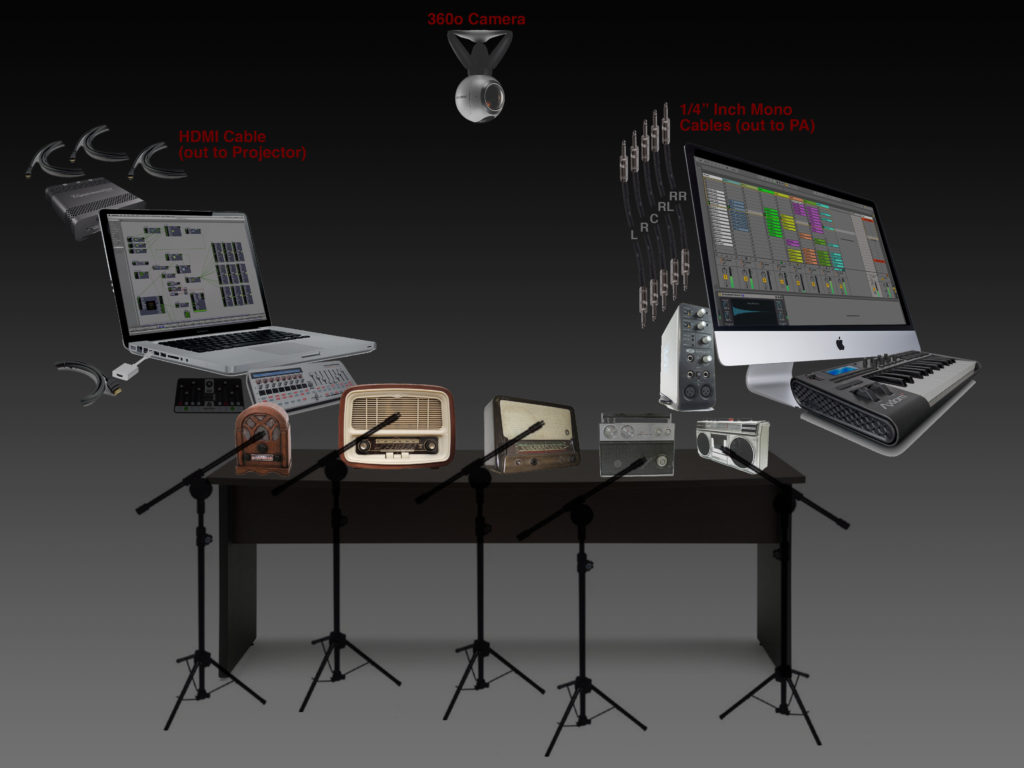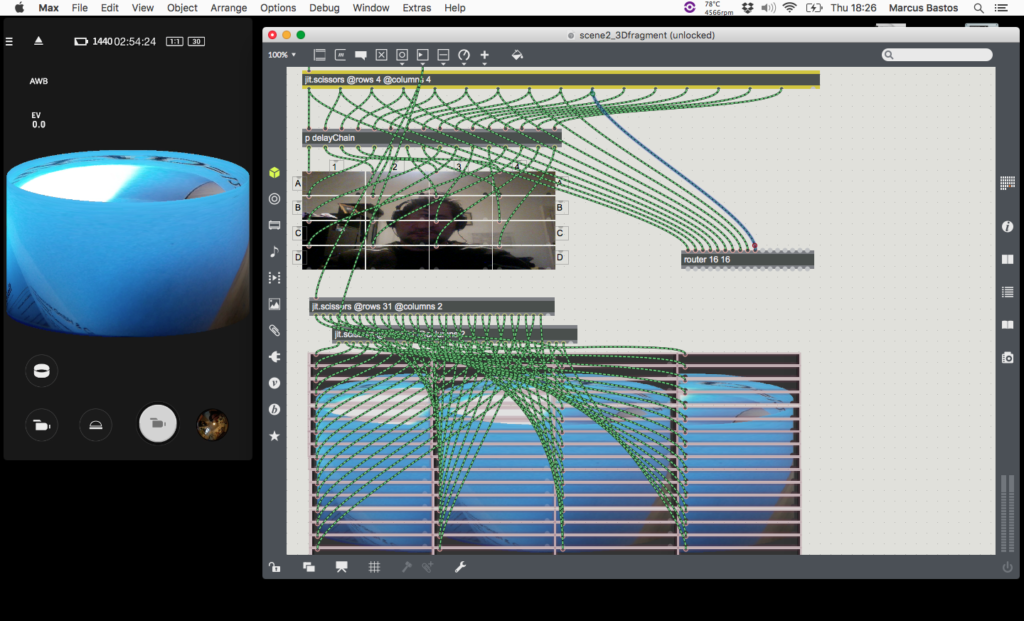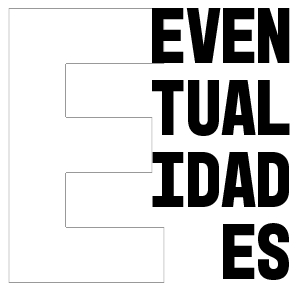audiovisual installation by marcus bastos, artist in residence in the medientheater at humboldt university berlin. in cooperation with Medienarchäologischer Fundus.

The piece explores the relationship of analog and digital signals, aiming to depict a lacunar archeology of transmission. The immediacy of radio transmission transduced into sound. The latency of TV broadcast shattered through spatial montage. The micro temporalities of the digital explored as fast swapping of present and its very immediate pasts and presents. It will be presented in the form a lecture-performance, as a way to research formats of knowledge production that bridge verbal and non-verbal, artist and theoretical.
………………..07.02.2017, 6 pm c.t. at Humboldt’s University Medientheater
………………..Georgenßtrasse 47
………………..Mitte, Berlin
event produced with support of PIPEq / PUC-SP, as part of the algorithmic liveness: editing the audiovisual presence research
On the occasion, 3 ongoing experiments were tested, with different levels of success. Given the promising possibilities, it would be convenient to have further opportunity to work on this research, aiming a more complete performative or installative piece as originally proposed. They represent steps further in relation to the research developed for delayscapes, a piece that explores the temporal non-coincidence of an element an itself. the supposed problem of latency, can be understood as a poetic materialisation of transmission processes. This was explored with consistency by a number of artists, such as reported on the textual explanation of my algorhitmic liveness project proposal, as will is a core interested of the ongoing piece described below.
#1 radio _ immediacy
Using some old and functional radios available at the Media Archeological Fundus, transmitting live onstage, will have their sound captured by directional MICs; these live audio signals would be routed to Ableton Live in COMPUTER 1 (Right), for further manipulation. Further research will be conducted to work with sound transducers.
#2 tv _ latency
A 360º remote controlled camera positioned above stage (we would have to figure out an angle that would produce the intended result of showing the equipments and the audience, as it rolls). Its first roll would be fast, sort of demonstrative of its presence. In a couple of minutes, it would complete a 360º movement, transmitting the stage and the audience to the 3 screens, as the mosaic indicated on the image appear in a regular pace. Rectangle # 1 would be the image in REAL TIME. Rectangle # 2 would be the image with 1 SEC DELAY. Rectangle # 3 would be the image with 2 SEC DELAY. Rectangle # 4 would be the image with 3 SEC DELAY. Rectangle # 5 would be the image with 4 SEC DELAY. And so on, until the 3 screen are completely filled. Roll # 2 would be slower, and now that the procedure is demonstrated, the REAL TIME and DELAYED images will shuffle more randomly on the screens, creating all sorts of patterns and combinations.

#3 digital _ micro temporalities
4 speakers will get the same song (Joy Division’s “Transmission”) from different online sources and treat it in 2 processes: 1. even speakers will play it, with different buffer patterns; 2. odd speakers will convert it into pulses, and also send its output with different buffer patterns. This will circulate on speakers, in a way that people amidst it probably will grasp sound rhytmicalities of digital “dispersion”, both from the perspective of human and mechanic perception.
Also, on the context of the research, the lecture below was presented on the Department of Interfaces Cultures, at Linz University of the Arts (First PDF is an outline of the talk, and the next 3 PDFs are materials organised for previous lectures, that were reused at the presentation).
linzOutlineonTransmission
onTransmission2
presenseAVperformance
